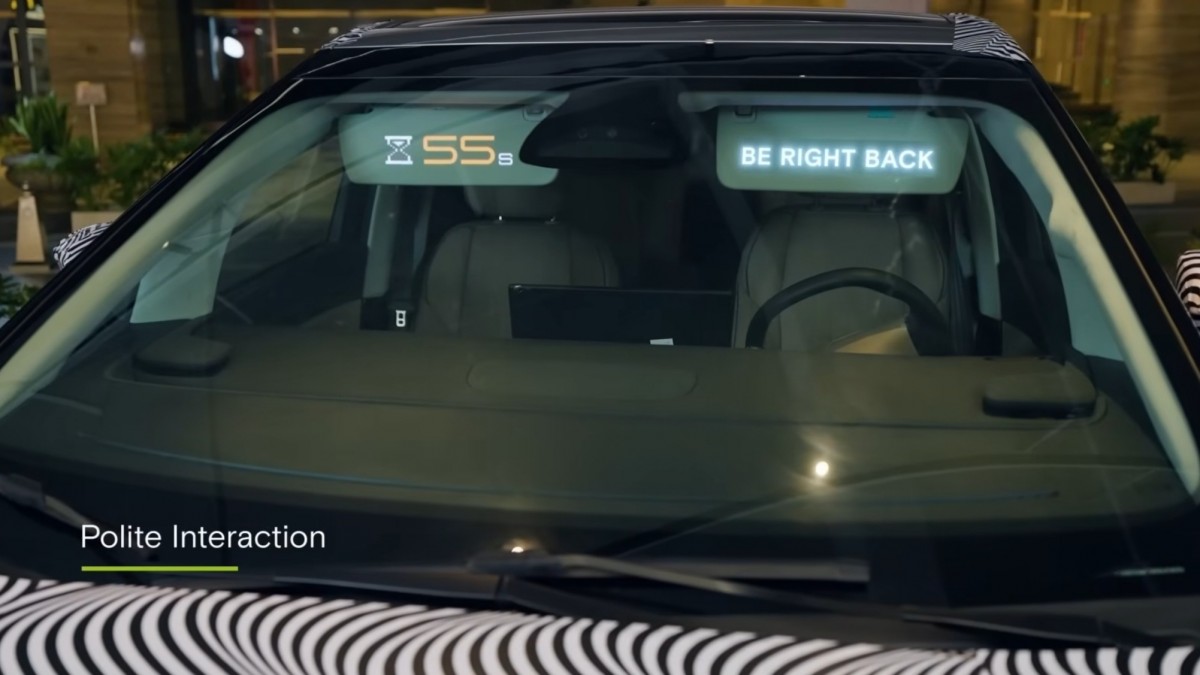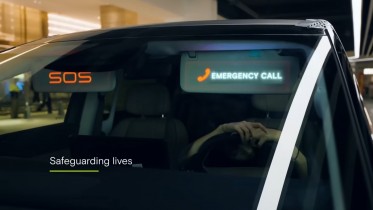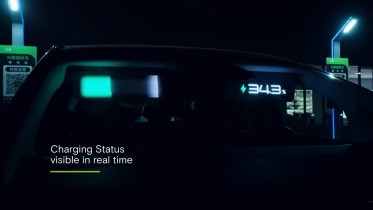XPeng plans to unleash three different Robotaxi models next year
XPeng announced a bold plan to launch three mass-produced robotaxi models and begin trial operations as early as next year. XPeng is taking aim at the biggest headaches currently facing the robotaxi industry - high costs, small fleets, and limited operating areas. The company promises it will build its driverless vehicles from the ground up to be cost-effective and globally scalable.
There will be three different models available initially with five, six, and seven seats. At this stage, it's hard to tell if these will be brand new, standalone models or modified versions of existing EVs from the company's vast portfolio of vehicles.

But the real story behind the XPeng robotaxi isn't the car itself, but the incredible brain powering it. Each robotaxi will feature four of XPeng's own Turing AI chips, delivering a phenomenal 3,000 TOPS (Tera Operations Per Second) of computing power. That's a measure of how many calculations the car can make every second, and in this field, 3,000 TOPS sets a new, extremely high standard for a mass-produced autonomous vehicle.
For a little perspective, the company's existing high-end consumer models, the XPeng Max versions, offer a maximum of 750 TOPS, while the Ultra versions hit 2,250 TOPS. The jump to 3,000 TOPS shows how serious the automaker is about this driverless technology.

The second-generation VLA (Vision-Language-Action) model promises the vehicles will operate safely across traffic patterns anywhere in the world without needing special, highly detailed maps. That's an important detail because HD maps are expensive to create and constantly update, which has always been a major headache for global deployment and keeping costs low.
By relying on a pure vision solution - the car seeing and understanding the world like a person does - XPeng hopes it has found a way to make driverless electric cars both cheaper to build and easier to deploy across different cities and even different countries. The vehicles are designed to be mass-produced with no costly after-market modifications, addressing one of the biggest pain points in the current robotaxi business.
Another smart feature XPeng plans to include is a system for talking to pedestrians and customers. These new EVs will have external displays (integrated into the sun visor in early prototypes) that show what the robotaxi is doing or about to do.
For example, if the vehicle is looking for a parking spot or getting ready to turn, the display will show this action to people walking nearby. This simple but important addition aims to improve trust and safety between the autonomous vehicle and people, helping everyone feel more comfortable sharing the road with driverless electric cars.

The tech behind the new venture is impressive, but XPeng isn't keeping it just for its taxi fleet. The company plans to introduce a new trim level for some of its existing passenger EV models starting next year.
This new trim is called Robo and will join the current Max and Ultra versions. It shares the same powerful hardware - four Turing AI chips delivering 3,000 TOPS - and the same safety backup systems as the robotaxi. This means the Robo trim will offer a true Level 4 (L4) autonomous driving experience for private owners, and it is a huge step for autonomous driving - it means the car can handle almost all driving without any human help, a true driver-present autonomous mode for the general public.

XPeng knows that to truly launch a global robotaxi service, you need partners. The company will open up its robotaxi software to collaborators through an SDK (Software Development Kit). The first major partner in this venture is Gaode Map (also known as Amap), China's top navigation app. The two companies will work together to launch the robotaxi services around the world.
XPeng CEO He Xiaopeng stated that the company is not just focused on electric cars, and that its broader vision involves a "physical AI future mobility map," with robotaxis, humanoid robots, and flying cars all entering millions of homes. This multi-pronged approach makes XPeng a key player in driving the future of intelligent mobility far beyond today's driver-assistance systems.






Facebook
Twitter
Instagram
RSS
Settings
Log in I forgot my password Sign up